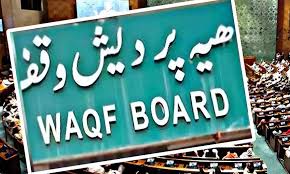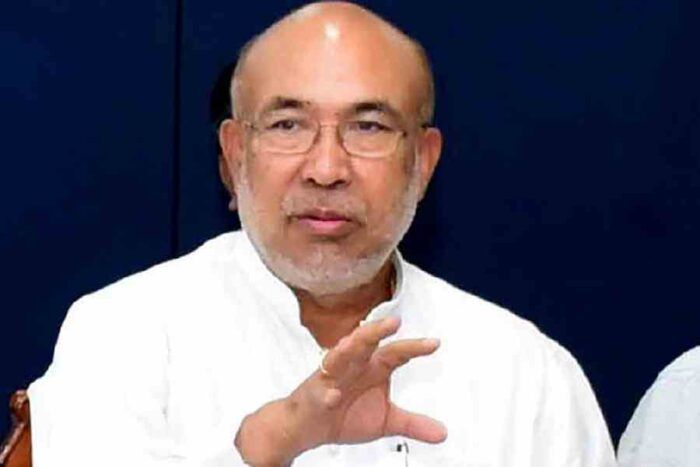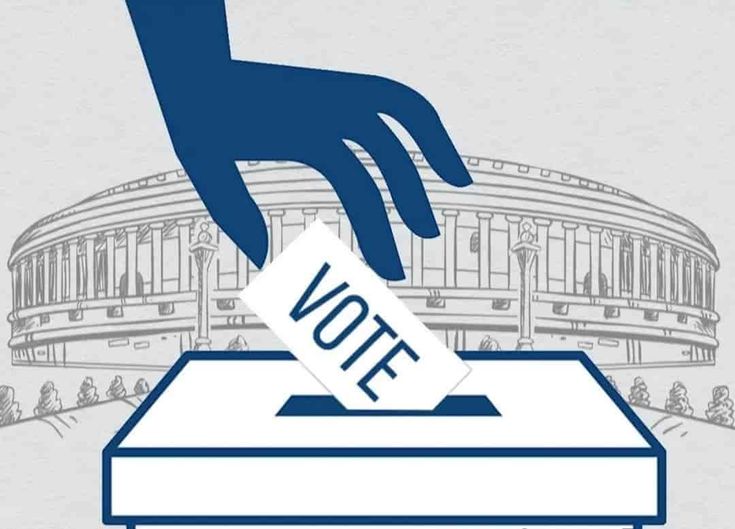Waqf Boards: History, Reality-Kp

The Waqf Board: A Historical and Contemporary Analysis
Origins of the Waqf System
The concept of Waqf originates from Islamic traditions, deeply rooted in the principles of charity and social welfare. A Waqf (plural: Awqaf) is an endowment made by a Muslim for religious, educational, or charitable purposes. The donor, or Waqif, dedicates movable or immovable property in perpetuity, ensuring that the benefits derived from it are used for the welfare of society.
The Waqf system dates back to the time of Prophet Muhammad (PBUH), who encouraged the establishment of endowments for public good. A notable example is the dedication of a well in Medina by Uthman ibn Affan, a companion of the Prophet, for the benefit of the community. This concept gained traction during the Islamic Golden Age, with Awqaf funding mosques, schools, hospitals, and even public utilities.
Historical Evolution of Waqf Boards
Over centuries, the Waqf system evolved into a structured institution. In the Ottoman Empire, a centralized mechanism was introduced to manage Awqaf, ensuring accountability and adherence to Islamic principles. This system became a model for other Muslim-majority regions.
In colonial India, the British recognized the significance of Awqaf and introduced regulations to oversee them. The Waqf Act of 1923 marked the first legislative effort to manage Awqaf systematically. After independence in 1947, the Indian government enacted the Waqf Act of 1954, which was later replaced by the Waqf Act of 1995. These acts aimed to streamline the administration of Waqf properties through the establishment of Waqf Boards.
The Role and Structure of Waqf Boards
Waqf Boards are statutory bodies responsible for the administration, management, and supervision of Waqf properties. Their primary objectives include:
- Preservation of Waqf Properties: Ensuring that the endowments are not encroached upon or misused.
- Utilization of Funds: Allocating resources for the intended purposes, such as supporting educational institutions, mosques, and welfare programs.
- Legal Oversight: Addressing disputes and ensuring compliance with laws and regulations.

Each state in India has its own Waqf Board, functioning under the Central Waqf Council, which provides guidance and coordination at the national level. Globally, countries like Saudi Arabia, Turkey, and Malaysia have their versions of Waqf Boards, each operating under unique legal and administrative frameworks.
Global Waqf Systems and Legal Frameworks
The Waqf systems worldwide differ based on cultural and legal contexts:
- Saudi Arabia: The General Authority for Awqaf oversees Waqf properties, emphasizing alignment with Islamic principles.
- Turkey: The Directorate General of Foundations manages a vast network of Awqaf, ensuring transparency and efficiency.
- Malaysia: A dual governance model involves state-level religious councils and federal oversight, promoting innovation in Waqf management.
- Indonesia: The Indonesian Waqf Board incorporates modern financial instruments, such as Waqf-based sukuk (Islamic bonds).
While these systems exhibit diversity, their shared goal is to sustain the charitable essence of Waqf.
Challenges Facing the Waqf System
Despite its noble intentions, the Waqf system faces significant challenges, particularly in India:
- Corruption and Mismanagement: Allegations of corruption and nepotism have marred the reputation of Waqf Boards. Misappropriation of funds and illegal leasing or sale of Waqf properties have led to significant losses.
- Encroachment of Waqf Properties: Unauthorized occupation and encroachment by individuals and entities have diminished the value of Waqf assets.
- Lack of Awareness: Many beneficiaries and stakeholders are unaware of their rights and responsibilities concerning Waqf properties.
- Inefficient Administration: Bureaucratic hurdles, lack of transparency, and inadequate digitalization impede effective governance.

The Role of the Indian Government
The Indian government has taken several measures to address corruption and inefficiencies within Waqf Boards. Recent legislative amendments aim to enhance transparency and accountability. For instance:
- The Waqf (Amendment) Act, 2013: Introduced provisions for digitizing Waqf records and ensuring public access to information.
- Government Oversight: Strengthened the role of the Central Waqf Council in monitoring state Waqf Boards.
- Streamlining Processes: Encouraged the use of technology to prevent fraud and mismanagement.

However, these measures have sparked concerns among some sections of the Muslim community, who fear excessive government control might undermine the autonomy of Waqf Boards.
Decline in Waqf Wealth and Its Impact
The decline in the effectiveness of Waqf Boards has had far-reaching consequences for the Muslim community in India:
- Erosion of Charitable Assets: Mismanagement and corruption have led to a decline in the financial health of Waqf institutions.
- Reduced Community Support: The diminishing returns from Waqf properties have affected funding for education, healthcare, and social welfare.
- Weakened Trust: Public confidence in Waqf Boards has eroded, further complicating efforts to revive the system.

Revitalizing the Waqf System
Addressing the challenges facing Waqf Boards requires a multi-pronged approach:
- Strengthening Governance: Introducing stricter accountability measures and promoting merit-based appointments to Waqf Boards.
- Digital Transformation: Leveraging technology to digitize records, enhance transparency, and streamline processes.
- Community Participation: Encouraging active involvement of stakeholders in decision-making and oversight.
- Legal Reforms: Updating legislative frameworks to address contemporary challenges while preserving the essence of Waqf.
- Public Awareness Campaigns: Educating the community about the importance of Waqf and their role in its preservation.

Conclusion
The Waqf system, a cornerstone of Islamic charity, has the potential to play a transformative role in social welfare. However, the challenges of corruption, mismanagement, and encroachment have hindered its effectiveness. While government interventions in India aim to address these issues, a balanced approach is essential to preserve the autonomy and integrity of Waqf institutions.
By embracing transparency, community engagement, and innovative practices, Waqf Boards can reclaim their role as custodians of Islamic charity and catalysts for societal progress. The journey ahead requires collective efforts to ensure that the legacy of Waqf continues to benefit generations to come.












Post Comment